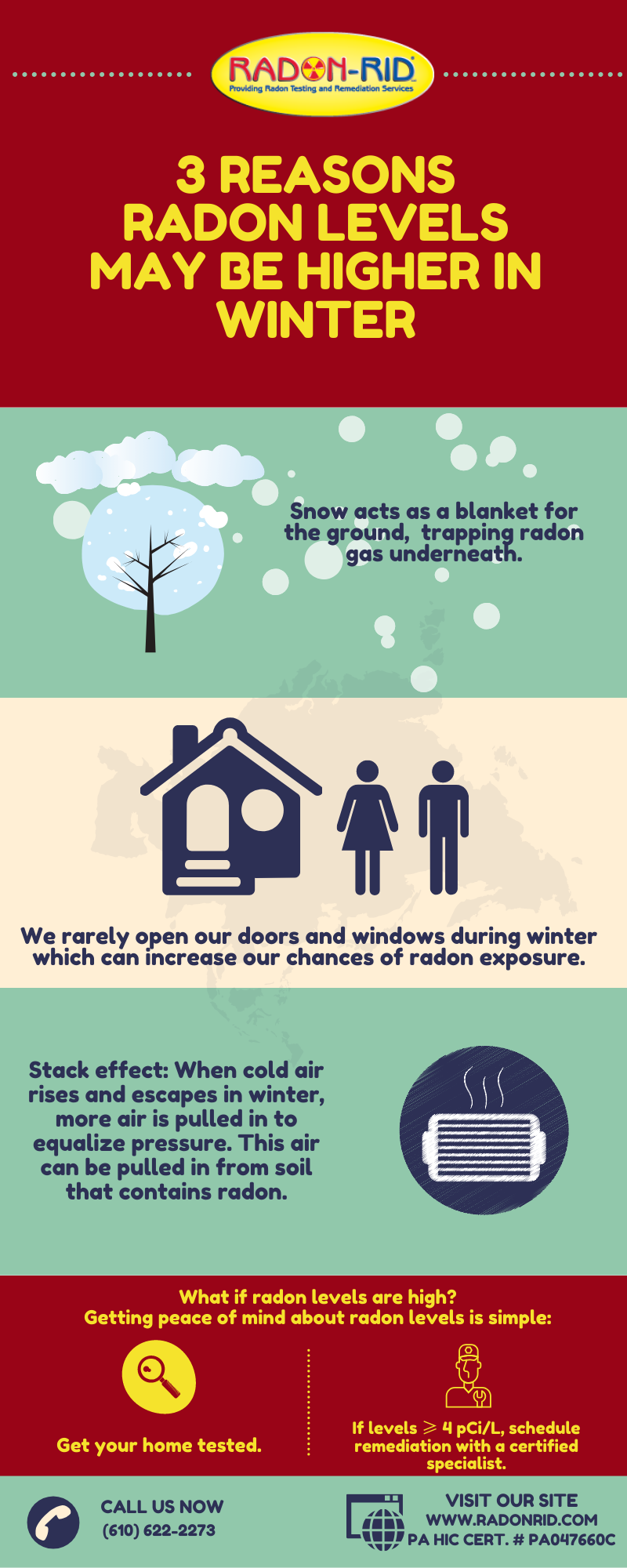All about Radon - Toxicology and Environmental Assessment


Protect Yourself and Your Family from Radon - NCEH - CDC
Some Known Incorrect Statements About Five facts every home owner should know about radon

Radon has been discovered in raised levels in houses in every state. https://voticle.com/a/articles/175331/the-single-strategy-to-use-for-what-is-radon-gas-radonova that as many as one in 15 homes across the US have raised radon levels. A. Cracks in concrete pieces B. Spaces behind brick veneer walls that rest on uncapped hollow-brick foundation C. Pores and cracks in concrete blocks D.
Exposed soil, as in a sump F. Weeping (drain) tile, if drained pipes to open sump G. Mortar joints H. Loose fitting pipeline penetrations I. Open tops of block walls J. Building materials such as some rocks, K. Water What are the health results of radon? Direct exposure to radon is the second leading reason for cancer in the United States.
As it decays, radon releases small bursts of energy called alpha particles, which can damage delicate lung tissue by harming the DNA. This broken DNA can result in lung cancer. How do I discover out if my house has elevated levels of radon?. Checking your house for radon is as basic as opening a plan, placing a radon detector in a designated location, and after the prescribed number of days, sealing the detector back in the plan.
The 4-Minute Rule for Radon - Wikipedia
: Radon can leak in from soil anywhere around or under a home, despite whether your home has a basement, a crawl space, or is built slab-on-grade. The EPA and the Cosmetic surgeon General advise radon screening for all kinds of homes at or listed below the 3rd floor. The EPA and the US Geologic Survey performed a study of radon prospective throughout the United States.
It is true that homes in Zones I and 2 have a statistically high chance of having elevated levels of radon. However, the reality is that raised levels of radon have been discovered in homes in all fifty states. The only method to understand whether radon exists in elevated levels in your house is to test.
%20good%20one.jpg)
Check your Home for Radon Gas - Amvic Systems

How to protect our homes from radon gas with depressurizing wells for buildings without the crawl space - concept illustration Stock Photo - Alamy
It is almost impossible to predict the exact nature of geologic soil deposits and the degree to which soil gases will leak into and be kept by a particular home. The only way to know whether radon exists in elevated levels in your house, and to safeguard your family from radon, is to test.
